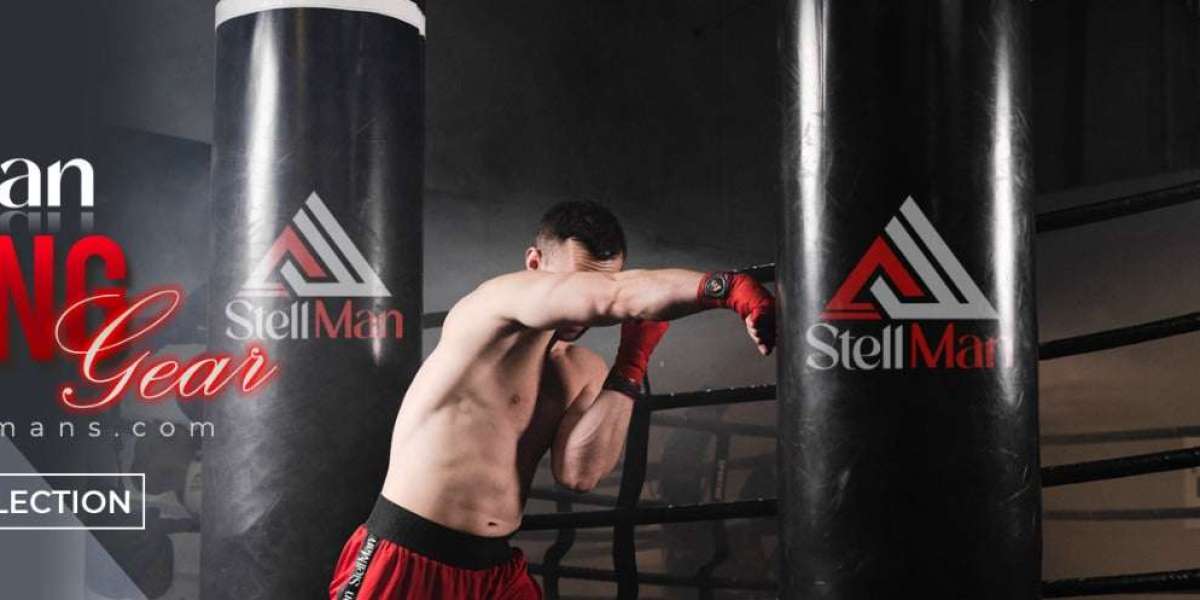Combat sports are some of the most demanding physical activities in the world. They push athletes to their limits, requiring strength, speed, strategy, and endurance. But alongside the excitement and benefits of martial arts and fighting disciplines comes the unavoidable risk of injury. This is where fighting sports gear plays an indispensable role. From headgear to shin guards, the right equipment not only enhances performance but also serves as a protective shield that prevents both minor and severe injuries.
Below, we’ll break down the key roles of fighting sports gear in injury prevention, exploring how each piece of equipment contributes to athlete safety and long-term health.
1. Headgear – Protecting Against Cuts and Surface Injuries:
Headgear is one of the most important pieces of fighting sports gear, especially in boxing, kickboxing, and sparring sessions. While it doesn’t completely prevent concussions, it provides a crucial layer of protection against cuts, bruises, and swelling caused by repeated strikes. By cushioning the head, it absorbs part of the impact and reduces the likelihood of superficial but painful injuries. For fighters who train frequently, headgear ensures longevity by minimizing wear and tear on the face and skull.
2. Mouthguards – Safeguarding Teeth and Reducing Concussion Risk:
A mouthguard might look small, but it plays a huge role in safety. It protects the teeth and gums from damage during punches, kicks, or accidental clashes. More importantly, a well-fitted mouthguard helps absorb shock from impacts to the jaw, reducing the risk of concussions. Fighters who neglect this piece of gear put themselves at risk of dental injuries and long-term head trauma, making the mouthguard a non-negotiable part of any fighter’s kit.
3. Hand Wraps and Gloves – Preventing Hand and Wrist Injuries:
The hands and wrists are particularly vulnerable in combat sports. Fighters throw hundreds of punches in training, which puts immense strain on small bones and joints. Hand wraps provide compression and stability, protecting against sprains and fractures. Gloves then add an additional layer of cushioning, distributing the force of impact more evenly. Together, they protect both the wearer and their opponent from serious injuries, making them an essential duo in any fighting discipline.
4. Shin Guards – Reducing Bone-on-Bone Contact:
For sports like Muay Thai and kickboxing, shin guards are vital. The shins often take the brunt of powerful kicks, checks, and blocks, which can easily result in bruising, fractures, or long-term damage if left unprotected. Shin guards provide cushioning that minimizes bone-on-bone collisions. This allows fighters to train harder and more consistently, without suffering repeated injuries that could hinder progress.
5. Groin Protectors – Defending Sensitive Areas:
Groin protectors are often overlooked but are among the most critical pieces of fighting sports gear. Accidental low blows can cause extreme pain and long-lasting injuries. A groin protector absorbs the shock of an impact and shields one of the body’s most sensitive areas, ensuring fighters remain safe in both training and competition.
6. Ankle and Foot Supports – Preventing Sprains and Joint Damage:
Combat sports involve quick footwork, sudden pivots, and explosive kicks. This puts fighters at risk of ankle sprains and joint injuries. Ankle supports or protective footwear provide extra stability, reducing the chances of rolling or twisting the ankle during training. By protecting the lower joints, fighters can maintain agility and mobility without compromising safety.
7. The Psychological Advantage of Proper Gear:
Beyond physical safety, fighting sports gear also provides a mental edge. When fighters feel protected, they train with more confidence and intensity. This psychological reassurance reduces hesitation during sparring and competition, allowing athletes to focus on skill development and performance. Confidence in safety often translates to improved technique and overall growth.
8. The Importance of Gear Maintenance:
Even the best fighting sports gear can lose effectiveness over time. Worn-out padding, stretched straps, and damaged materials compromise protection. To maximize safety, fighters should regularly check their equipment for wear and tear, clean it to prevent bacteria buildup, and replace items like mouthguards, gloves, and shin guards when they lose their protective qualities. Maintaining gear properly ensures consistent injury prevention and hygienic training conditions.
Conclusion:
Injury prevention is not about eliminating risks entirely—combat sports will always carry a degree of danger. However, fighting sports gear acts as the first line of defense, reducing the severity of injuries and protecting fighters in training and competition. From headgear and gloves to shin guards and groin protectors, each piece of equipment plays a vital role in safeguarding the body. By investing in high-quality gear and maintaining it properly, fighters not only protect themselves but also ensure a longer, healthier, and more successful career in combat sports.



